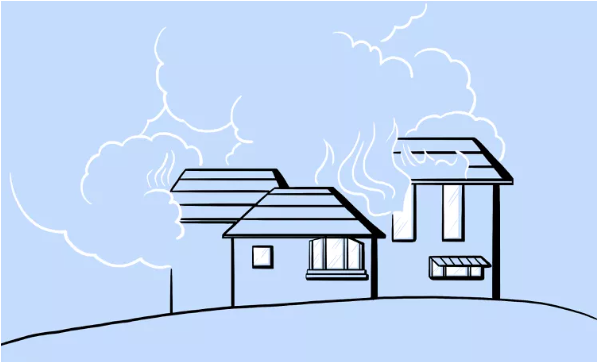Homeowners Insurance: What It Covers and What It Doesn’t
Your home is likely one of your biggest investments emotionally and financially. That’s why homeowners insurance is so important. It’s designed to protect your home and belongings from unexpected events like fire, theft, and certain types of natural disasters. But not everything is covered, and many homeowners are surprised by what’s excluded.
In this post, we’ll break down what homeowners insurance typically covers, what it doesn’t, and how to make sure you’re truly protected.
What Is Homeowners Insurance?
Homeowners insurance is a type of property insurance that provides financial protection against damage to your home, personal belongings, and liability for injuries or damage you cause to others.
Most standard policies bundle several types of coverage into one plan, often referred to as an HO-3 policy (the most common type in many countries).
✅ What Homeowners Insurance Usually Covers
Here’s what a standard policy typically includes:
1. Dwelling Coverage
Covers the structure of your home—including walls, roof, floors, and built-in appliances—against risks like:
-
Fire and smoke
-
Lightning
-
Windstorms
-
Hail
-
Vandalism
-
Theft
-
Damage from vehicles or aircraft
🛠️ Tip: Make sure your coverage amount reflects the cost to rebuild, not the current market value.
2. Other Structures
Covers detached structures like garages, fences, sheds, or guest houses—usually up to 10% of your dwelling coverage.
3. Personal Property
Covers the contents of your home, such as:
-
Furniture
-
Electronics
-
Clothing
-
Appliances
This applies even if the items are stolen or damaged outside your home (e.g., from your car or hotel room).
🧾 Note: There may be limits on high-value items like jewelry, artwork, or collectibles unless you purchase extra coverage.
4. Loss of Use (Additional Living Expenses)
Pays for temporary housing, meals, and other living expenses if your home is uninhabitable due to a covered loss.
5. Personal Liability
Covers legal fees, medical bills, and damages if someone is injured on your property or if you accidentally damage someone else’s property.
Example: Your dog bites a neighbor, or a guest slips and falls in your kitchen.
6. Medical Payments to Others
Pays for minor medical expenses (regardless of fault) if someone is injured on your property.
❌ What Homeowners Insurance Usually Doesn’t Cover
Standard policies have exclusions—things they simply don’t cover unless you add extra protection.
1. Flood Damage
Floods from natural events (like heavy rain or storm surges) are not covered.
➡️ You need separate flood insurance (often through the National Flood Insurance Program or a private provider).
2. Earthquakes and Sinkholes
These require separate earthquake or earth movement policies.
3. Maintenance and Wear & Tear
Routine repairs and upkeep (like roof leaks due to aging, mold, or pest infestations) are not covered. Insurance is for sudden, accidental damage—not neglect or poor maintenance.
4. Sewer Backup
Unless you’ve added this as a policy rider, damage caused by sewer or drain backup is typically not included.
5. Luxury Items Without Endorsements
Standard coverage for expensive jewelry, art, musical instruments, or rare collectibles may be limited to a few thousand dollars. You’ll need to schedule those items separately for full protection.
6. Home-Based Businesses
Damage to business equipment or liability related to a home business is not usually covered. You may need business insurance or a home business rider.
📝 Final Thoughts
Homeowners insurance is essential—but it’s not a one-size-fits-all solution. Understanding exactly what’s covered and what’s not can save you from major financial surprises down the road.


